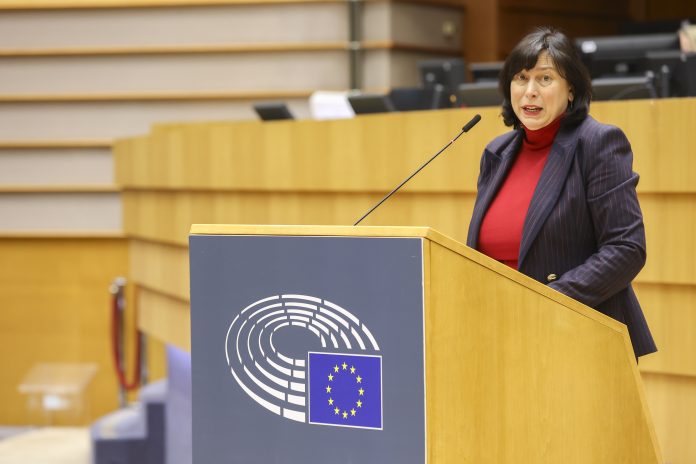European Parliament and Council negotiators agreed on a new scheme to protect the so-called “geographical indication” of traditional crafts at the EU and international level.
The new legislation will close the gap between diverging national systems in the EU by protecting original quality and tradition of locally renowned goods such as jewellery, textiles, lace, natural stones, cutlery, glass and porcelain both in the EU and internationally.
Flexibility for member states and facilities for the smallest companies and artisans
The new rules foresee a procedure to register geographical indications (GIs) first at the national level, followed by an examination of the producers’ application by the EU Intellectual Property Office (EUIPO). To strengthen the effectiveness of the national part of this process, MEPs made sure there will be set timelines for the completion of the various administrative steps. Parliament and Council negotiators also agreed that member states will be able to decide whether to set up a national registration authority or to let the EUIPO cover the whole registration process for them. Countries without a national authority should appoint a single point of contact to help with applications and technical questions related to the given product.
At the initiative of MEPs, producers will be able to submit their applications electronically. National authorities will assist micro, small and medium-sized enterprises (MSMEs) with the preparation of their applications and registration fees charged at the national level will take their situation into account.
Controls by national authorities, including of electronic markets
National authorities will perform market controls and make sure products are placed on the market in accordance with their product specifications. MEPs ensured that these new rules will also apply to goods sold online. To strengthen access to information, there will be a public digital portal with details of certification bodies.
Following the agreement, rapporteur Marion Walsmann (EPP, DE) said: “After nine hours of negotiations we have laid the foundation for the protection of traditional European craftsmanship. I am particularly pleased that we have succeeded in pushing for an efficient application mechanism with minimal administrative burden and which is particularly attractive for MSMEs, since they will benefit from an easier application process and lower fees. This new mechanism will not just help with raising the awareness of traditional products from less-developed regions, attract tourists and create jobs. It will also ensure fair competition for producers, helping them to fight counterfeit products while providing assurances for consumers that they are buying a genuine product with specific qualities.”
This informal agreement will now have to be confirmed by the Parliament’s plenary and the Council before entering into force twenty days following its publication in the EU Official Journal. The regulation will apply two years after this date. The Commission will have to assess the results of the application every five years.
The protection of geographical indications for agricultural products at EU level has been in place for many years. MEPs already called for the EU-wide protection of locally manufactured products in 2015. In 2019, they reiterated their call following the EU accession to the Geneva Act, allowing for the global recognition of local non-food products.

